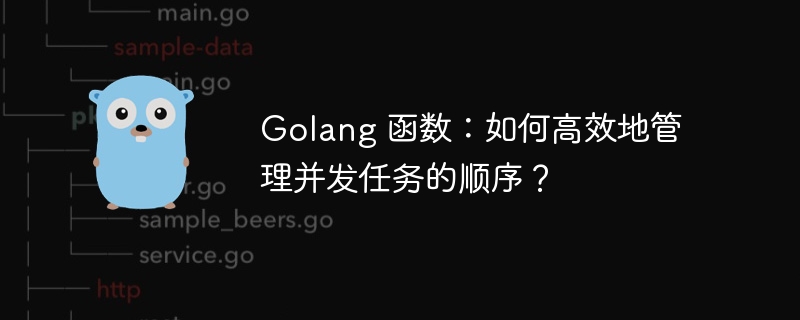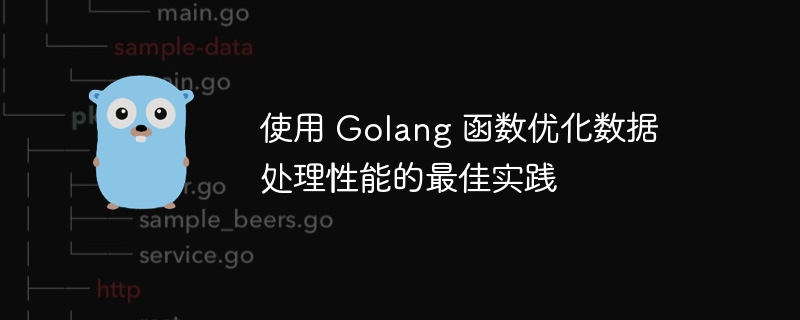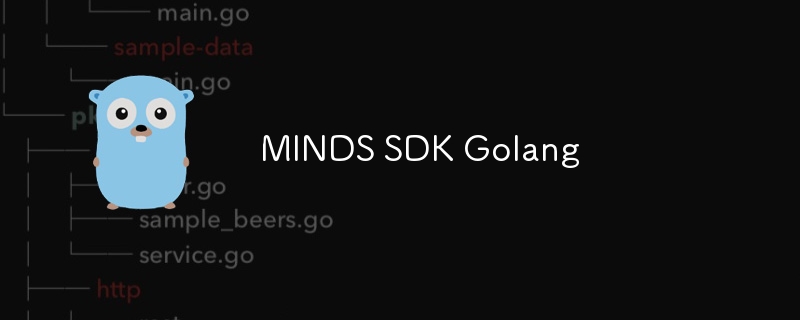
各位开发者大家好!今天,我们将深入探讨 python 的一项更新且更令人兴奋的功能:结构模式匹配。此功能在 python 3.10 中引入,为处理复杂数据结构提供了一种强大且富有表现力的方式。让我们探讨一下它的工作原理以及如何在您的项目中使用它。
什么是结构模式匹配?
结构模式匹配是一种检查数据结构并根据其形状和内容执行代码的方法。它与其他语言中的 switch 语句类似,但功能更强大。通过模式匹配,您可以:
- 与数据类型匹配
- 解构复杂的数据结构
- 使用通配符和 or 模式
- 在模式内绑定变量
让我们看一些示例,看看这在实践中是如何运作的。
基本语法
模式匹配的基本语法使用 match 和 case 关键字:
def describe_type(data):
match data:
case int():
return "it's an integer"
case str():
return "it's a string"
case list():
return "it's a list"
case _:
return "it's something else"
print(describe_type(42)) # output: it's an integer
print(describe_type("hello")) # output: it's a string
print(describe_type([1, 2, 3])) # output: it's a list
print(describe_type({1, 2, 3})) # output: it's something else
在此示例中,我们匹配不同的类型。最后一种情况中的 _ 是匹配任何内容的通配符。
立即学习“Python免费学习笔记(深入)”;
解构
模式匹配最强大的方面之一是它解构复杂数据结构的能力:
def process_user(user):
match user:
case {"name": str(name), "age": int(age)} if age >= 18:
return f"{name} is an adult"
case {"name": str(name), "age": int(age)}:
return f"{name} is a minor"
case _:
return "invalid user data"
print(process_user({"name": "alice", "age": 30})) # output: alice is an adult
print(process_user({"name": "bob", "age": 15})) # output: bob is a minor
print(process_user({"name": "charlie"})) # output: invalid user data
在这里,我们正在解构字典并在此过程中绑定变量。我们还使用守卫(如果年龄 >= 18)为案例添加附加条件。
或模式
您可以使用 |运算符在单个案例中指定多个模式:
def classify_number(num):
match num:
case 0 | 1 | 2:
return "small number"
case int(x) if x > 1000:
return "big number"
case int():
return "medium number"
case _:
return "not a number"
print(classify_number(1)) # output: small number
print(classify_number(500)) # output: medium number
print(classify_number(1001)) # output: big number
print(classify_number("hello")) # output: not a number
匹配序列
模式匹配对于处理列表或元组等序列特别有用:
def analyze_sequence(seq):
match seq:
case []:
return "Empty sequence"
case [x]:
return f"Single-element sequence: {x}"
case [x, y]:
return f"Two-element sequence: {x} and {y}"
case [x, *rest]:
return f"Sequence starting with {x}, followed by {len(rest)} more elements"
print(analyze_sequence([])) # Output: Empty sequence
print(analyze_sequence([1])) # Output: Single-element sequence: 1
print(analyze_sequence([1, 2])) # Output: Two-element sequence: 1 and 2
print(analyze_sequence([1, 2, 3, 4])) # Output: Sequence starting with 1, followed by 3 more elements
此示例展示了如何匹配不同长度的序列以及如何使用 * 运算符捕获剩余元素。
结论
结构模式匹配是一项强大的功能,可以使您的代码更具可读性和表现力,特别是在处理复杂的数据结构时。它在以下场景中特别有用:
- 解析命令行参数
- 实现状态机
- 使用抽象语法树
- 处理结构化数据(例如,来自 api 的 json 响应)
现在轮到你了!您在项目中如何使用(或计划如何使用)结构模式匹配?在下面的评论中分享您的经验或想法。您是否发现此功能有任何特别巧妙的用途?你遇到过什么挑战吗?我们来讨论一下吧!
请记住,模式匹配在 python 中仍然是一个相对较新的功能,因此在项目中使用它之前,请务必检查您的 python 版本(3.10+)。快乐编码!
以上就是Language Feature Deep Dive: Python&#s Structural Pattern Matching的详细内容,更多请关注php中文网其它相关文章!






